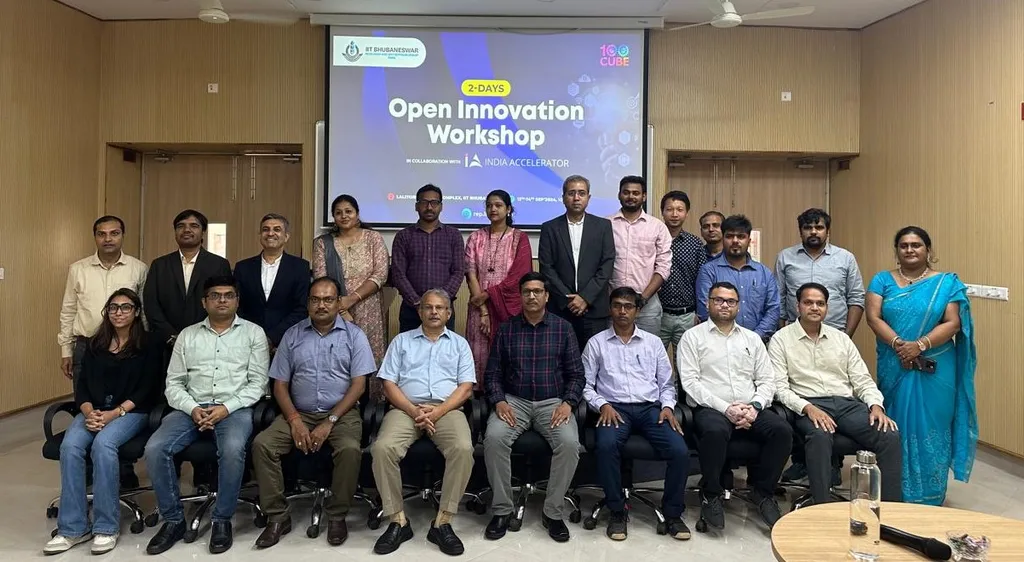Researchers from the Indian Institute of Technology Bhubaneswar, including Soumendra Kumar Das, Smruti Ranjan Parida, Prasanjit Samal, Brahmananda Chakraborty, and Sridhar Sahu, have published a study in the journal Nanoscale Advances exploring the potential of boron oxide (BO) monolayers for hydrogen production through water splitting.
The study focuses on a relatively new two-dimensional (2D) material, boron oxide, and its potential for photocatalytic water splitting, a process that uses light to split water molecules into hydrogen and oxygen. The researchers used first principles calculations to investigate the photocatalytic activity of BO monolayers under mechanical strain and surface modification with single- and double-atom decorations.
The pristine BO monolayer was found to have an indirect band gap of 3.8 eV, with band edges that span the water redox potentials. However, its optical absorption lies in the UV region, limiting its practical use. The researchers found that applying mechanical strain to the BO monolayer could tune the band gap and band alignment, although the shift in optical absorption was minimal.
Surface modification with single atoms produced varying results. Elements like nitrogen, phosphorus, and arsenic created a metallic state, while single carbon, silicon, and germanium atoms resulted in an insulating state. The optical absorption also shifted partially. Double atom decoration, however, showed more promise. It substantially reduced the band gap, improved band alignment, and caused a significant red-shift in optical absorption into the visible range (1.6 to 3.2 eV), making it suitable for water splitting.
The researchers confirmed the stability of all the adsorbed configurations through negative formation energy and ab-initio molecular dynamics simulations. These findings suggest that functionalizing BO monolayers could enhance photocatalytic efficiency, providing valuable insights for hydrogen generation in the energy sector. The practical application of this research could lead to more efficient and cost-effective methods for hydrogen production, a clean and renewable energy source.
The research was published in the journal Nanoscale Advances, highlighting the potential of BO monolayers in the energy industry for hydrogen production through water splitting.
This article is based on research available at arXiv.

